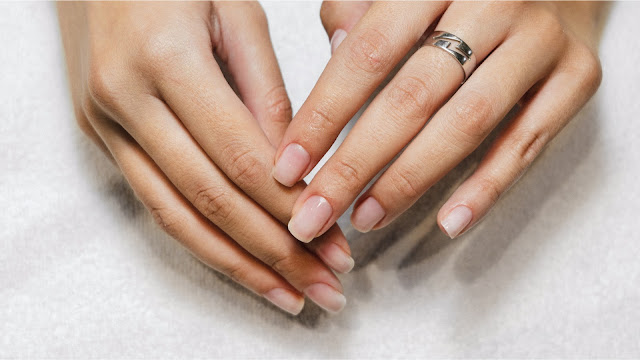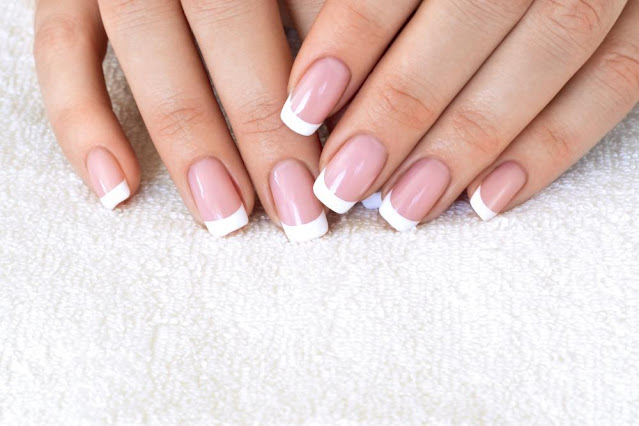"Healthy Nails"
Introduction to Nail Health
Nails may seem like small parts of our body, but they can tell a lot about our overall health. Understanding what constitutes healthy nails and how to maintain them can contribute significantly to our well-being.
How Do I Know My Nails Are Healthy?
Healthy nails exhibit certain characteristics that indicate their well-being:
1. Color and Texture:
Healthy nails are typically pinkish in color with a smooth texture. They are free from discoloration, spots, or streaks.
2. Thickness:
Normal nails are neither too thin nor too thick. Optimal thickness ensures they are strong and less prone to breakage.
3. Strength:
Healthy nails are strong and don't easily split, peel, or break.
What Do Unhealthy Nails Look Like?
Unhealthy nails may exhibit various signs that something isn't right:
1. Discoloration:
Nails that are yellow, white, or have unusual dark streaks could indicate underlying health issues.
2. Texture Changes:
Rough, bumpy, or brittle nails may indicate nutrient deficiencies or health problems.
3. Shape Changes:
Nails that are unusually curved, pitted, or have unusual shapes might be a sign of health conditions.
Can Fingernails Show Signs of Illness?
Yes, fingernails can sometimes be an indicator of systemic illnesses:
1. Nutritional Deficiencies:
Brittle or spoon-shaped nails (koilonychia) can indicate iron deficiency anemia or nutritional deficiencies.
2. Infections:
Fungal infections can cause nails to become thickened, discolored, or brittle.
3. Systemic Diseases:
Changes in nail color, texture, or shape may be associated with conditions like thyroid disease, psoriasis, or liver disease.
Nail Thickness and Its Importance
The thickness of nails is an important aspect of their health:
1. Optimal Thickness:
Nails that are too thin can be weak and prone to breaking, while excessively thick nails may indicate a health problem.
2. Maintaining Balance:
A balanced diet rich in nutrients like biotin, iron, and vitamins A, C, and E can help maintain optimal nail thickness.
Gel Nails: What You Should Know
While gel nails can enhance aesthetics, improper application or removal can damage natural nails:
1. Potential Risks:
Gel nails can weaken natural nails if not applied or removed correctly, leading to brittleness and peeling.
2. Precautions:
To minimize damage, ensure gel nails are applied and removed by a trained professional using quality products.
Strengthening Your Nails Naturally
Maintaining nail health naturally involves simple yet effective practices:
1. Balanced Diet:
Eat a diet rich in fruits, vegetables, lean proteins, and whole grains to provide essential nutrients for nail health.
2. Hydration:
Drink plenty of water to keep nails hydrated and prevent brittleness.
3. Protection:
Wear gloves when cleaning or doing activities that may expose nails to chemicals or excessive moisture.
Conclusion:
Optimal Nail Health
Healthy nails are not just about aesthetics but are crucial indicators of overall health. By paying attention to their color, texture, and thickness, and addressing any abnormalities promptly, you can ensure your nails stay strong and beautiful.
Remember, if you notice persistent changes in your nails or have concerns about their health, consult a healthcare professional for proper diagnosis and treatment.







